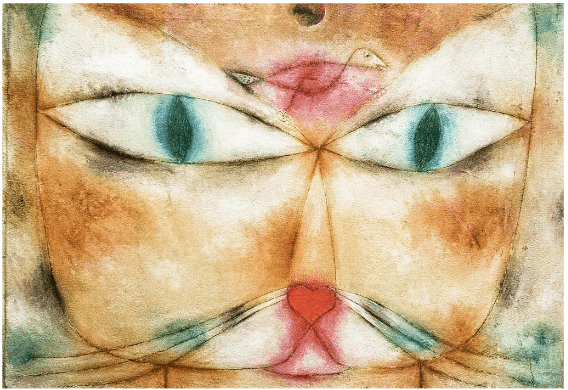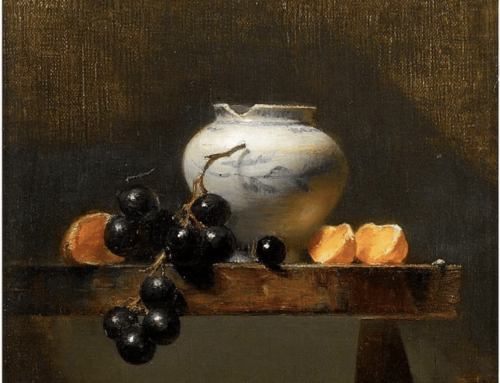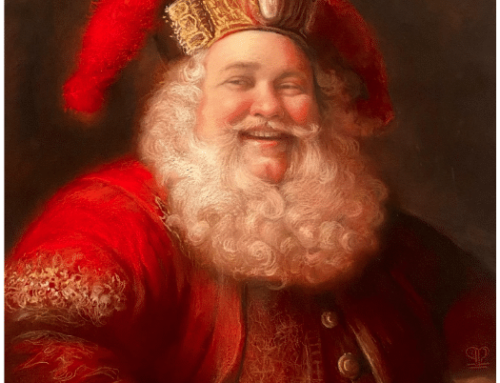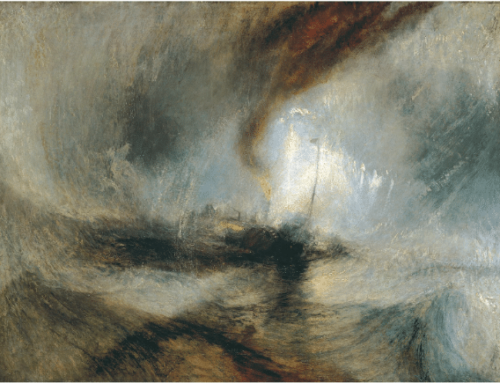“My hand is entirely the implement of a distant sphere. It is not my head that functions but something else, something higher, something somewhere remote. I must have great friends there, dark as well as bright… They are all very kind to me.” – Paul Klee
Paul Klee was one of the most celebrated artists of the 20th century. He taught and wrote prolifically, serving as a leading faculty member of the German Bauhaus school during the 1920s.
Art history recognizes Klee as a major father of abstraction as well as one of the originators of surrealism. His influence stretches through multiple generations of European and American artists, from the influential German Bauhaus school of art and design, through European Modernism and French Surrealism, all the way to the mid-century abstractions of Jackson Pollock, Rothko, and Motherwell. Even the painters of the Pop and Op Art movements of the 1960s owed something to Klee for demonstrating the potential for exuberance and beauty-in-simplicity of the two-dimensional color field.
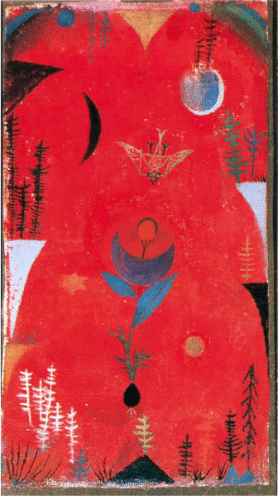
This vast influence aside, Klee’s work is beloved for its combination of whimsical, intuitive and mystical elements, as though his imagery emanated from the same buried psychological sources as fairytales, mythology, and our own most mysterious dreams.
Klee wrote and spoke inspiringly of the deep sources of creativity, yet he also taught and published highly technical and original step-by-step lessons on composition, perspective, and design. His 3,900 pages of lecture notes were distilled into Klee’s Pedagogical Sketchbook published in 1925.
Here are three hints on art and design from Klee.
- “Like people, a picture has a skeleton, muscles and skin.”
As a leading artist of early 20th century Modernism, Klee was deeply interested in abstraction. A “skeleton” of geometry underlies his compositions, over which the paintings’ lines, shapes, colors and space interact with simple graphical elements, all “set in motion by energy from the artist’s mind,” as one scholar described it.
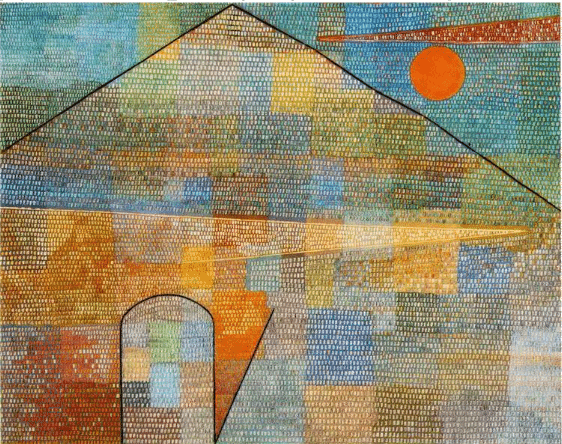
Paul Klee, To Parnassus, 1932
Any painting is only as strong as the abstract design underlying its “muscles and skin.”
- “A drawing is a line going for a walk.”
In Klee’s approach to artmaking, the line is animated with movement, spontaneity, and even an element of magic. Composition is founded in geometry, but the line is personal, imperfect, improvisational, even vulnerable in Klee. By “going for a walk,” Klee meant allowing line to have its own magical life, to draw as much by relying on the unconscious, as much as the conscious, mind. Rarely before had the “artist’s hand” been allowed such personality and frank individuality in painting.
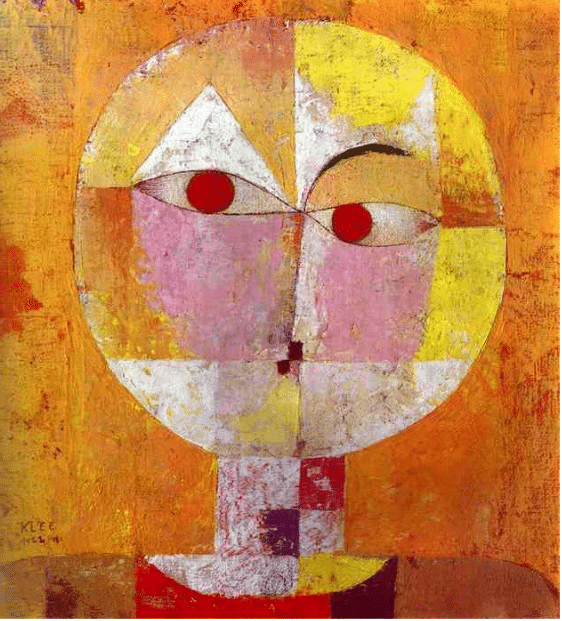
Paul Klee, Senecio, 1932
- “When looking at any significant work of art, remember that a more significant one probably has had to be sacrificed.”
What makes a work of art “significant”? Klee would perhaps insist that the artist should reach for something Beyond, something greater than the sum of the parts. “In the final analysis,” he said, “a drawing simply is no longer a drawing, no matter how self-sufficient its execution may be. It is a symbol, and the more profoundly the imaginary lines of projection meet higher dimensions, the better.” Paintings point beyond themselves, to the mysteries of the imagination and the cosmos. With such “significant” aspirations, even Paul Klee must have felt at times what so many artists feel about even their best work – because, of course, it is of this earth, it can never match the intangible Ideal that the artist can sense and envision.
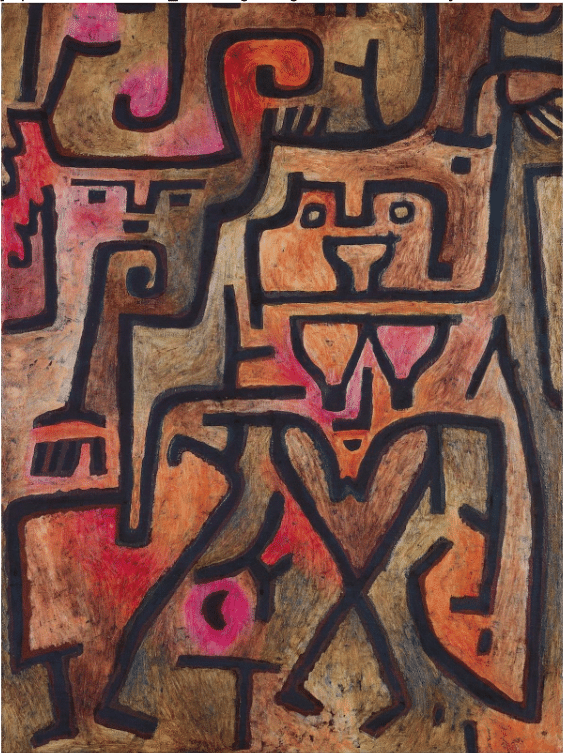
Paul Klee, Forest Witches, 1937
Why not browse some comprehensive instructional videos more inspiration on composition and design?

